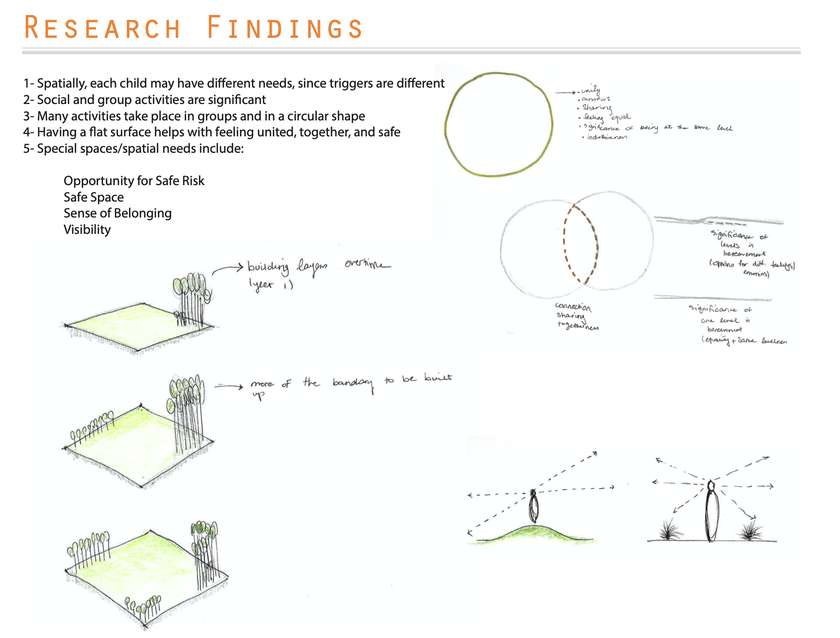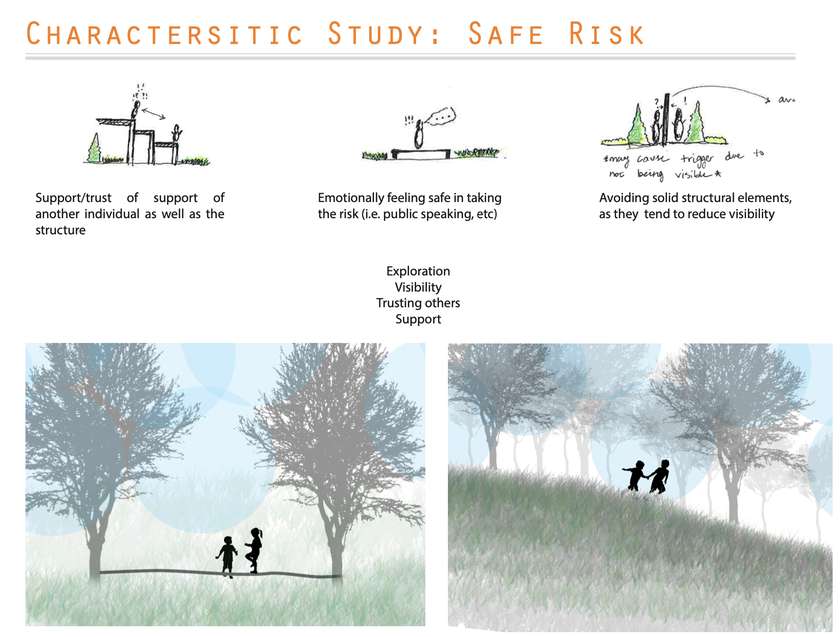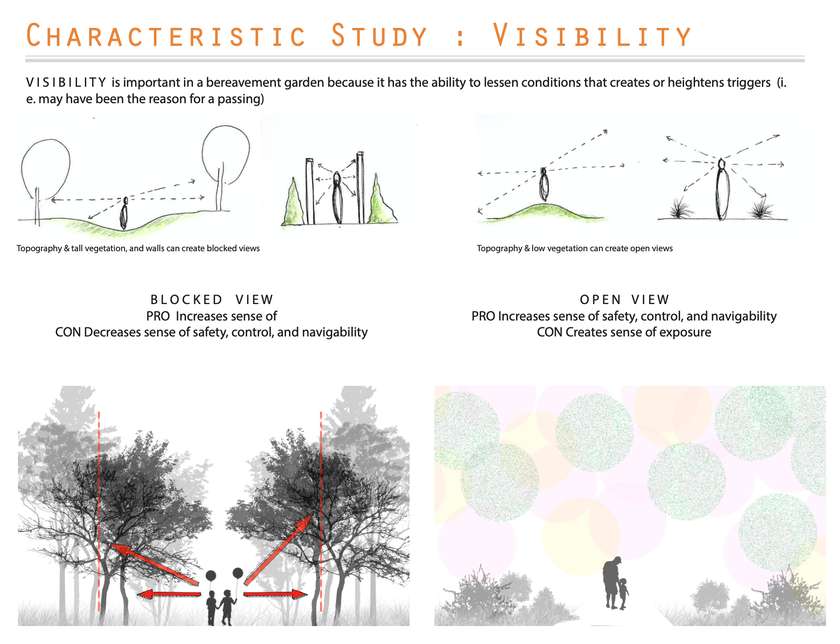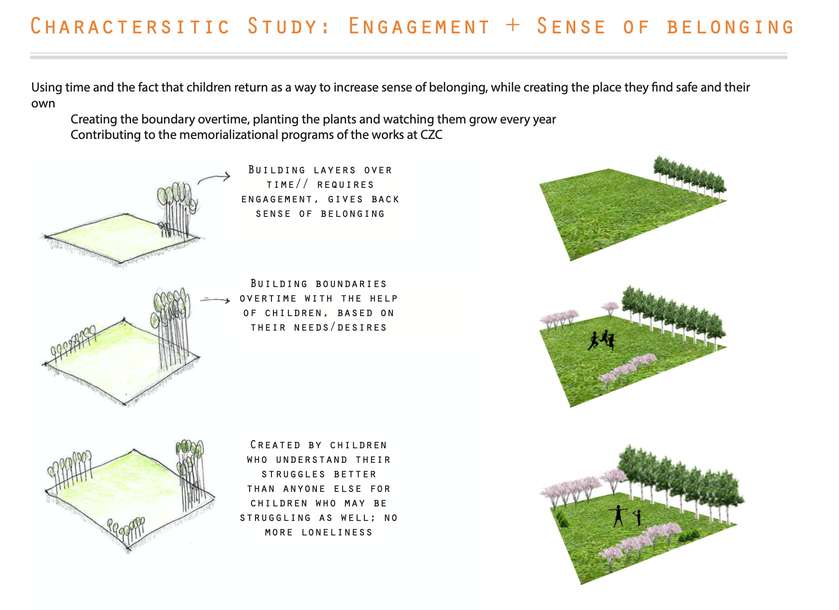Idea by
Elyana Javaheri
Landimera
Call for ideas 2021
Transitional Landscapes: Bereavement Garden for Children
Transitional Landscapes: Bereavement Garden for Children
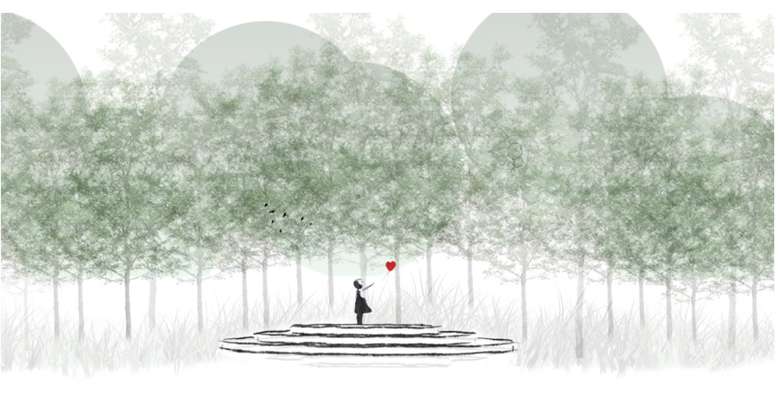
- New alliances
Life transitions, especially when unexpected, tend to drastically change a person’s life, while also imposing emotional, mental, and physical challenges on them. Studies suggest that therapeutic gardens, through engagement with nature, social contact with others, opportunities for exercise, sense of belonging, and a sense of safety have healing powers. This approach is especially important for marginalized and vulnerable groups within the society, which includes children. Even within this group, there is a topic often not discussed: child bereavement. Annually, a staggering 2 million children (between the ages of 7 and 17) go through a grieving period in the United States alone.
This on-going design research is crucial because when an opportunity is provided for many grieving children to learn the necessary skills to process challenging and unexpected transitions in life, it not only can help them tremendously in their individual lives, but also the society as a whole.
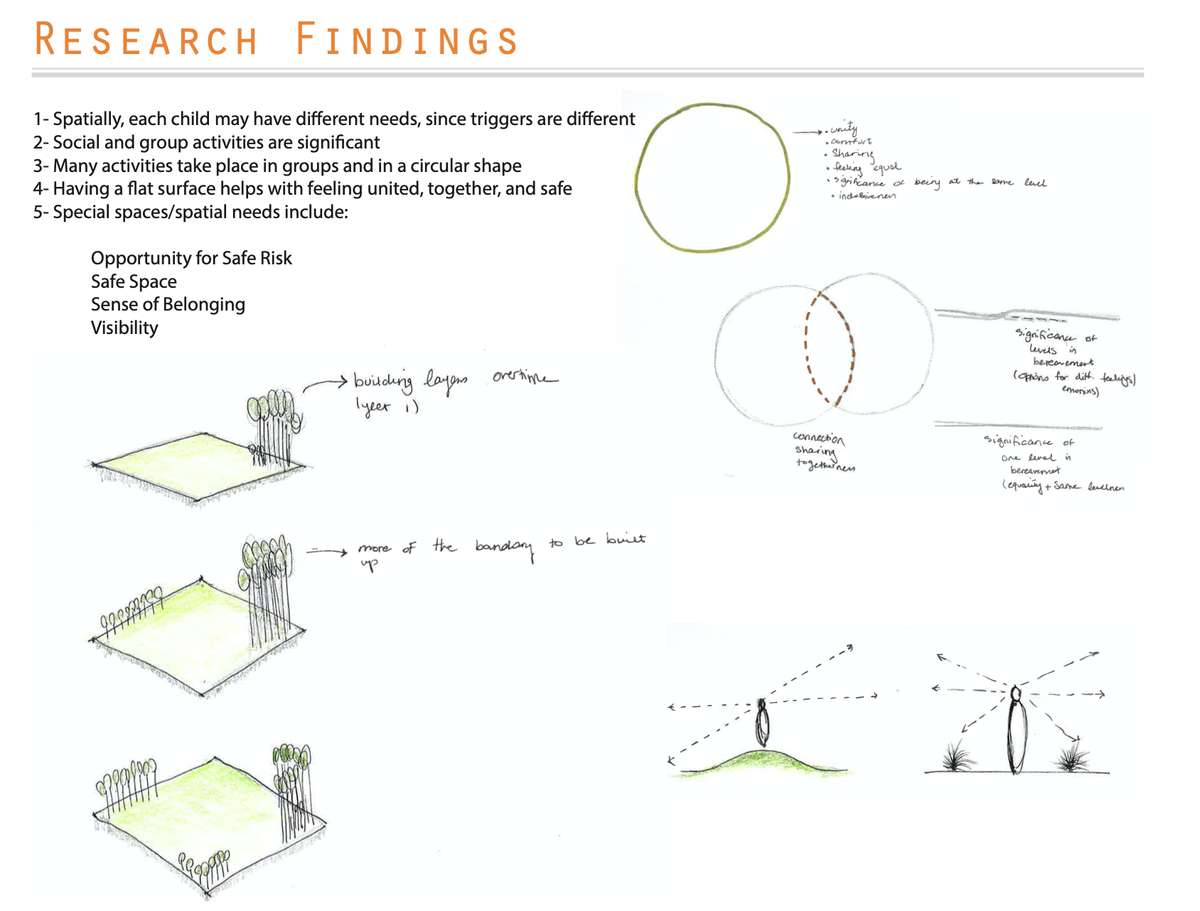
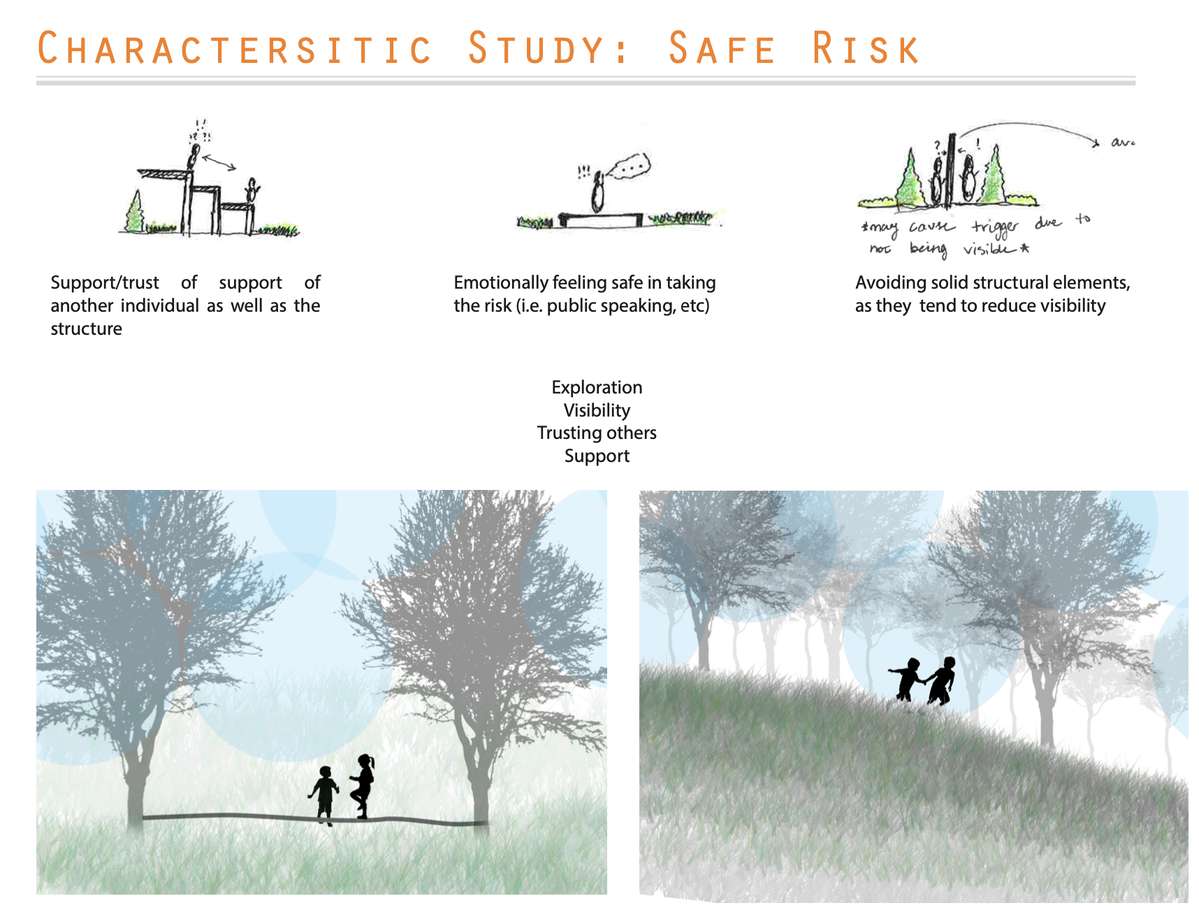
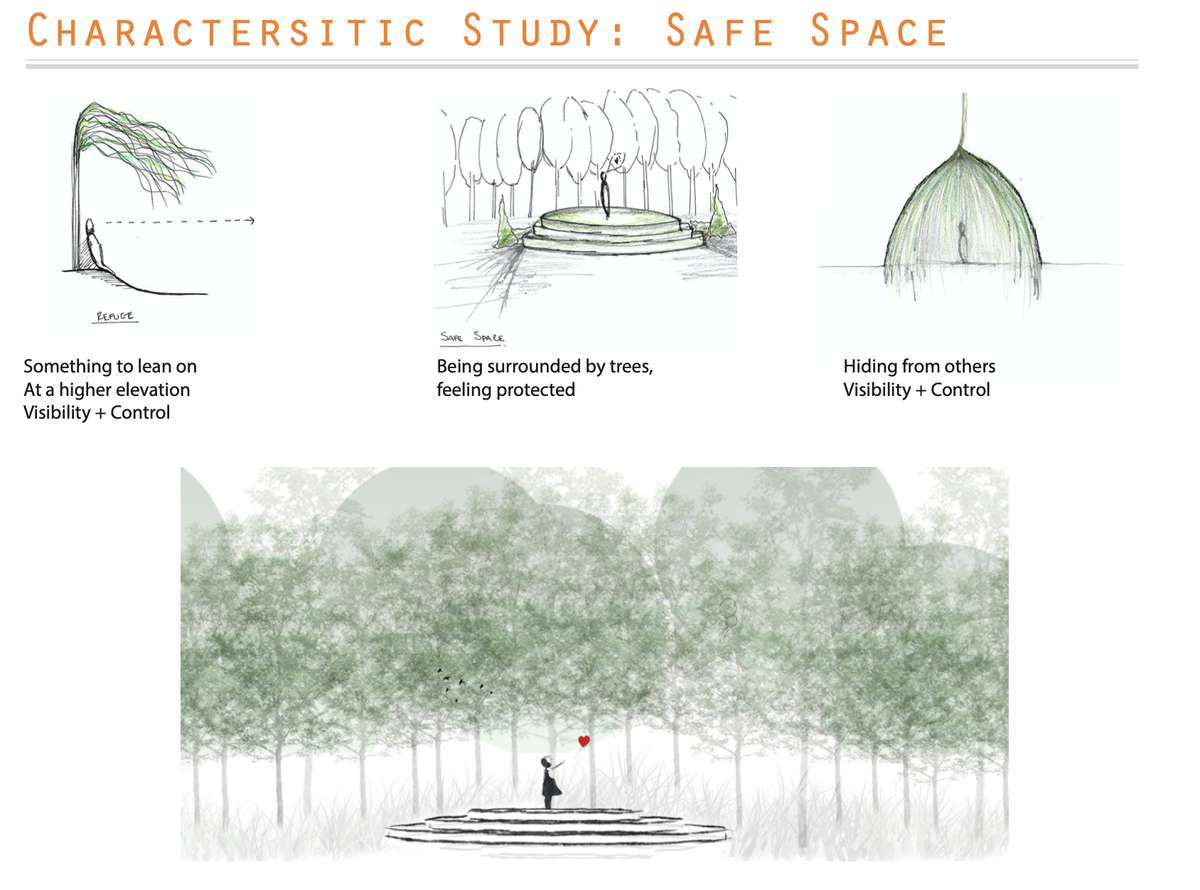

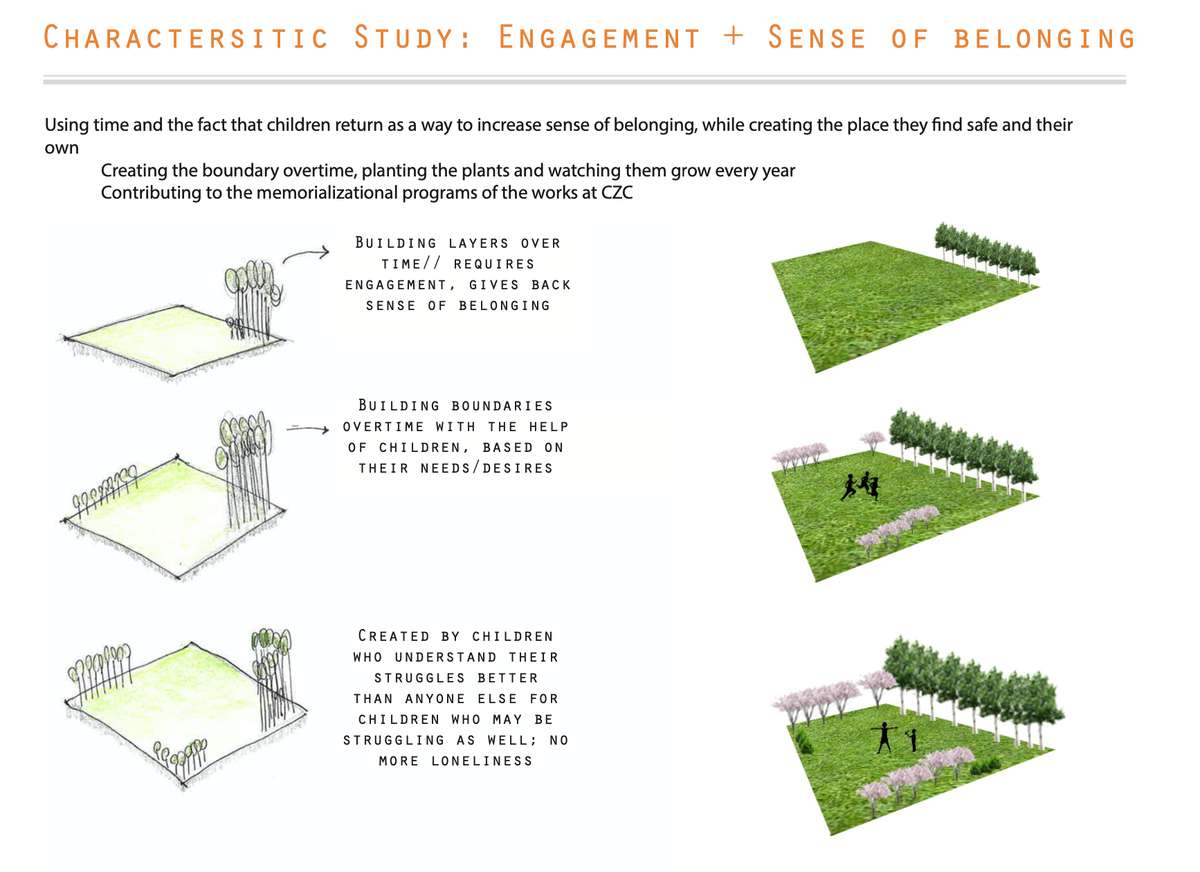
Transitional Landscapes: Bereavement Garden for Children
Transitional Landscapes: Bereavement Garden for Children

- New alliances
Life transitions, especially when unexpected, tend to drastically change a person’s life, while also imposing emotional, mental, and physical challenges on them. Studies suggest that therapeutic gardens, through engagement with nature, social contact with others, opportunities for exercise, sense of belonging, and a sense of safety have healing powers. This approach is especially important for marginalized and vulnerable groups within the society, which includes children. Even within this group, there is a topic often not discussed: child bereavement. Annually, a staggering 2 million children (between the ages of 7 and 17) go through a grieving period in the United States alone.
This on-going design research is crucial because when an opportunity is provided for many grieving children to learn the necessary skills to process challenging and unexpected transitions in life, it not only can help them tremendously in their individual lives, but also the society as a whole.
